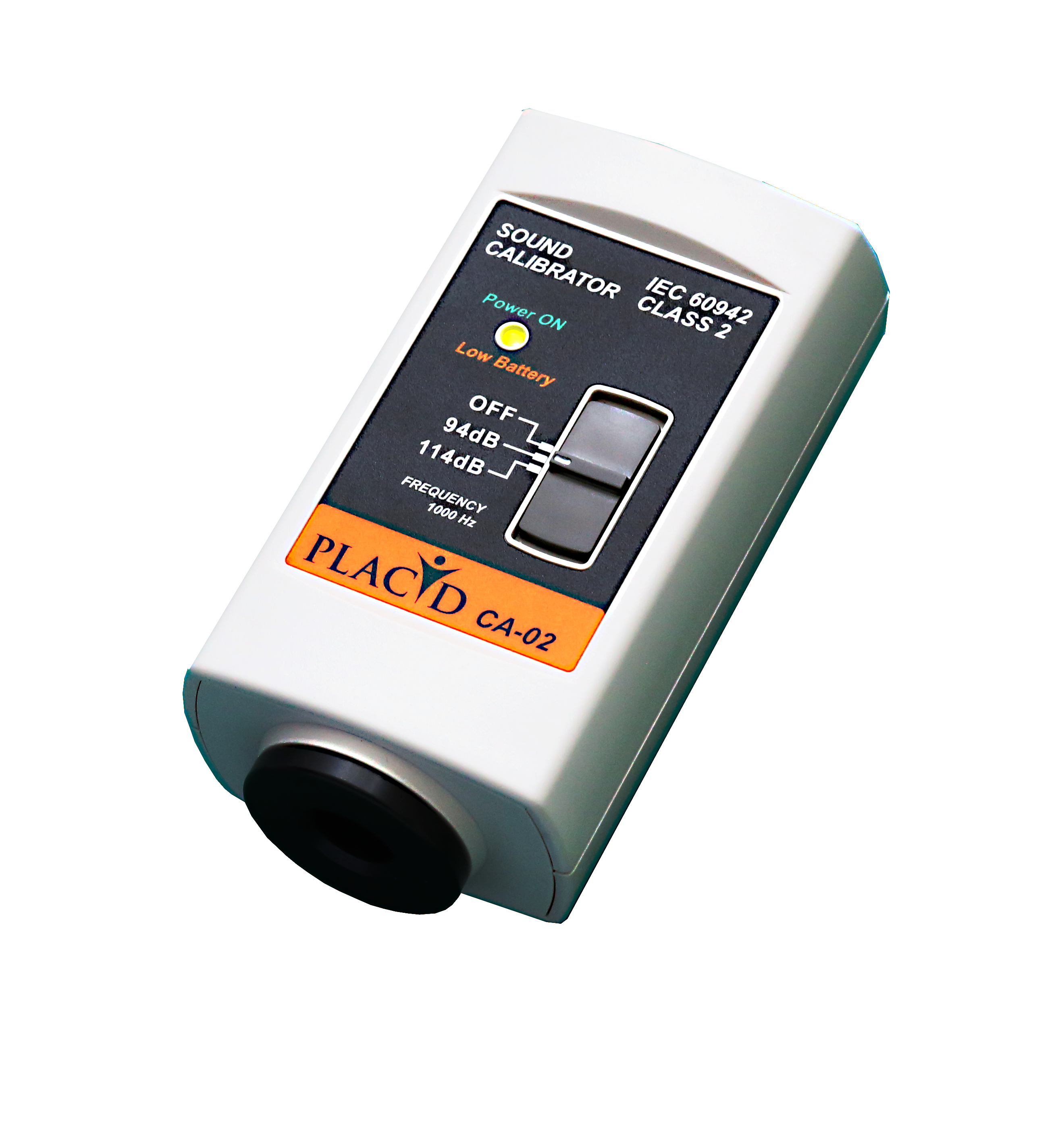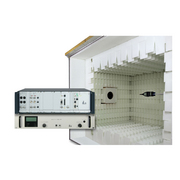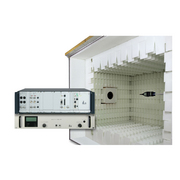Several generations of students and teachers have battled the inherent problems caused by noise and poor acoustic design in educational settings. Despite the problem having been recognized for over 100 years, acoustics in classrooms remain under-addressed in older buildings and many newer built schools. A 2012 released study “Essex Study-Optimal classroom acoustics for all” defines the need and benefits of acoustically treating classrooms. The study looked at the impact of reducing reverberation time in a working classroom environment. The conclusion drawn after several measurements of acoustics and surveys with participants was a demonstrable clear benefit to all by improving the acoustic environment. Simply, uncontrolled reverberations in a classroom have a direct negative effect on health and performance, for both students and teachers.
Reverberation is the echo of sound reflecting from hard surface to hard surface causing noise to build up and creating a confusing, unintelligible mass of sound. The hard surfaces such as windows, blackboards, concrete blocks and gypsum walls found in most classrooms do not absorb sound energy and as a result, the sound reflects back into the room, arriving at the ear many times at intervals that are milliseconds apart. This creates a sound that is smeared and the brain has difficulty distinguishing the primary information and disseminating it from the reverberation. This problem is exacerbated when hearing assist devices and cochlear implants are used. Excess reverberation also affects students with auditory processing issues, ADHD, and other learning challenges. In fact, all students benefit from lowering the reverberation and improving intelligibility.
Reverberation is measured in relation to time. The measurement (RT60) is the time it takes for sound to decay by 60dB in a particular space. The greater the reverberation time, the more “echo” in a room, and the greater the listening challenges become. The reverberation time of a room will depend on variables such as the size of the classroom, the reflective surfaces, and how other absorbent or reflective features in the room may increase the effect.
The Effect on Students and Teachers
Most learning occurs from the verbal communication of information and ideas. Traditionally, classrooms have not been designed with attention to how the room sounds or how it may affect the students and teachers that are using it. It is well known that proximity to the teacher increases student engagement and the comprehension of the material being taught. As most classes have 30 or more students in it, it is impossible for every student to be close to the teacher. For students at the rear of the class, the volume level reaching the students will be reduced by as much as 20dB compared to when it is created. The brain then has to differentiate whether the sound being received is the source material or the sound bouncing off the walls. When one factors in the natural reverberation in the room, the delay in sound reaching the ear, along with distractions such as HVAC noise, the classroom base-level sound and noise seeping in from outside the doors and windows, it is not surprising to find that many children are simply not hearing the material they are being taught.
And this is only the beginning. As the ambient sound level in the classroom increases, the teacher naturally increases his or her voice level. The ‘classroom chatter’ naturally increases to compensate and the problem exacerbates to the point where the teacher and students begin to lose concentration.
Children do not Listen Like Adults
When you consider the acoustic problems described, studies suggest that as many as 30% of students may actually be challenged in understanding their teacher’s message. Poor intelligibility due to proximity to the teacher, excessive reverberation and noise result in a lack of comprehension of the material being taught.
Most adults would not notice these challenges as life experience allows us to “fill in the missing words”.
The solution is to acoustically treat the classroom
Right from the early days of radio, broadcasters came to the conclusion that unless the source broadcast was clear and concise, the message would get lost. To address the problem, absorptive acoustic panels were mounted on the broadcast studio wall surfaces to suppress the reflections and improve intelligibility for the listener. This practice continues to this day and the same rules apply whether you are teaching in a classroom, delivering a message in a house of worship or broadcasting a distance learning class over the internet.
A popular solution is to suspend the panels from the ceiling. The added benefit of the airspace created behind the panel when suspended increases the panel’s absorptive surface area. This is particularly effective in noisy cafeterias. For classrooms with T-bar ceilings, there are acoustic tiles that can replace the original non-absorptive compressed fiber tile. Actual panel placement is not as critical as one may think. It is more about using available space to your best advantage by evenly distributing the panels around the room.
A classroom free from excessive reverberation and noise is far more conducive to learning and greatly contributes to better student success – whether the student has learning issues or not. Reducing the ambient sound level also makes it easier to teach, reduces teacher stress and burnout, and significantly reduces listening fatigue for everyone. When you consider the teacher – student benefits and the relatively low cost involved installing acoustic treatment, a practical solution for school districts and post secondary institutions that care about attaining the maximum results from their student body is readily available.
Credit : James Wright, Business development executive at Primacoustic











